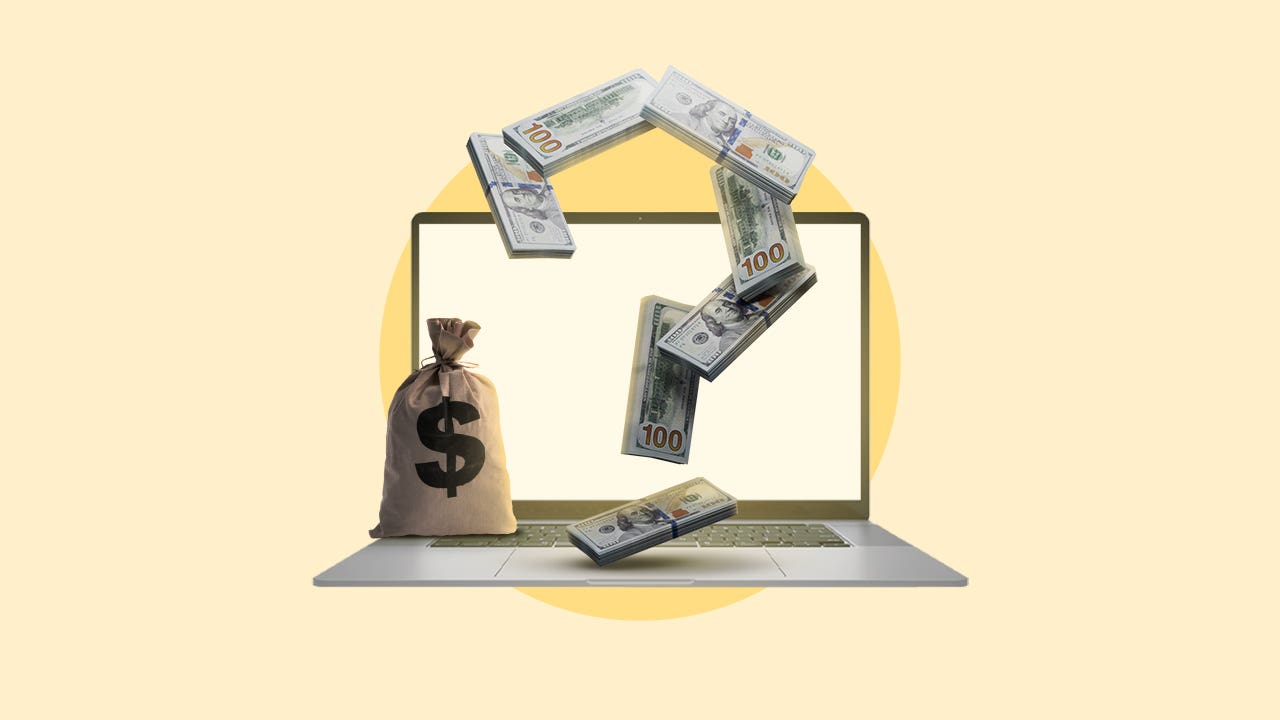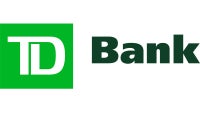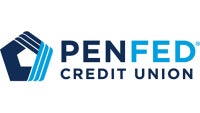How to get a $10,000 personal loan

Key takeaways
- Online lenders, credit unions, and traditional banks are all potential sources for personal loans, but each has different eligibility requirements and funding timelines.
- It’s important to carefully consider the costs and benefits of taking out a $10,000 personal loan and evaluate your spending habits before making a decision.
- There are alternatives to a personal loan, such as using a credit card or home equity loan, but they also come with their own risks and considerations.
Traditional banks, credit unions and online lenders are all likely to offer personal loans of $10,000. In fact, most personal loan lenders offer loans up to $50,000. You can typically apply online, even with traditional banks, which can make the process quick and convenient.
Before you apply, make sure you’re confident in the reason you need a personal loan, whether it’s the best financing choice and if you’d be better off borrowing a smaller amount. Research the eligibility requirements of lenders you’re considering and shop around to determine whether you’re getting the best deal available.
Steps to get a $10,000 personal loan
The process to get a personal loan is the same for any loan amount. You must consider your credit, compare lenders and apply. Once you have an idea of how much you need to borrow, check lender requirements, such as credit score, debt-to-income ratio and collateral if it’s a secured loan. The better your credit score, the more competitive your rate will be.
The average personal loan interest rate is between 10.73 percent and 12.5 percent for borrowers with excellent credit. These figures are significantly higher for borrowers with bad credit scores, with average annual percentage rates (APRs) ranging from 28.5 percent to 32 percent. The higher interest makes it especially important to shop for the best bad credit loan rates.
Once you have an idea of your creditworthiness, you should compare personal loan rates and focus your search on lenders that lend to borrowers like you.
Where to get a $10,000 personal loan
Several options are available when considering where to secure funding for your personal loan. Traditional banks, online lenders and credit unions all offer different experiences and acceptance requirements.
| Lender | Loan amount range | APR range | Loan term | Minimum credit score |
|---|---|---|---|---|
| Citi | $2,000–$30,000 | 11.49%-20.49% | 12–60 months | 740 |
| TD Bank | $2,000–$50,000 | 8.99%-23.99% | 36–60 months | 700 |
| Alliant | $1,000–$100,000 | 8.99%-% | 12–60 months | Not Specified |
| PenFed | $600–$50,000 | 8.99%-17.99% | Up to 5 years | Not Specified |
| Upstart | $1,000–$50,000 | 6.70%-35.99% | 36–60 months | No Requirement |
| SoFi | $5,000–$100,000 | 8.99%-29.49% | 24–84 months | No requirement |
Banks
If you have a preexisting relationship with a bank that offers personal loans, it is an excellent place to start. You may be able to avoid fees or benefit from an autopay discount if you already have an account.

Citi
-
With loan amounts up to $30,000, Citi stands out for its lack of fees. You may get funds in as little as two days, or even quicker for those with a Citi deposit account.

TD Bank
-
TD Bank is one of the largest banks nationwide, with over 1,000 locations. If you prefer in-person support, it is a viable option for a $10,000 personal loan. Borrowers can access funding in one business day, and loan amounts are capped at $50,000.
Credit unions
Like a bank, a credit union is a financial institution that offers banking services including personal loans. The main difference is that credit unions are not-for-profit institutions and require membership. These loans often have more competitive rates and less stringent acceptance requirements compared to banks.

Alliant
-
Alliant offers online-only services to its members and remains one of the largest credit unions in the country. It offers loans for as little as $1,000 or as much as $100,000 with terms of up to 60

PenFed
-
PenFed boasts minimal fees and competitive APRs. You can also apply with a joint applicant to help boost your approval odds, and some loans are funded the same business day if deposited into a PenFed account.
Online lenders
Working with an online lender can be a good fit if you feel comfortable navigating your finances online. Many of these lenders feature fast funding and a simple application process.

Upstart
-
Upstart stands out against other online lenders for its flexible eligibility criteria and wide range of funding amounts — perfect for a $10,000 loan. It has no minimum credit score requirement, and you may qualify even if you don’t have enough credit history to generate a score provided your other financials are healthy.

SoFi
-
SoFi caters to borrowers who seek a seamless digital lending experience and flexible loan terms. You can apply and receive the loan proceeds on the same day in some cases. And the maximum repayment period is 84 months, which is far longer than most lenders offer.
Costs of a $10,000 personal loan in the long term
The interest rate and loan term you receive will determine the overall cost of your loan. You’ll pay less interest overall if you choose a shorter loan term. The downside is the monthly loan payments could stretch your budget.
You can also opt for an extended loan term to avoid financial challenges down the road. But be mindful that you could get stuck with a higher interest rate — and even with the same rate, you will pay more interest over the life of the loan.
Use a personal loan calculator to estimate the total cost of a loan. Here’s an example of how interest rates and loan terms impact borrowing costs on a $10,000 personal loan:
| Loan term | Interest rate | Monthly payment | Interest |
|---|---|---|---|
| 3-year term | 11 percent | $327.39 | $1,785.94 |
| 3-year term | 13 percent | $336.94 | $2,129.82 |
| 5-year term | 11 percent | $217.42 | $3,045.45 |
| 5-year term | 13 percent | $227.53 | $3,651.84 |
Alternatives to $10,000 personal loans
A personal loan of this amount of money is a large commitment and might not be the best route for everyone. Before signing off on a personal loan, it is important to consider alternatives.
- Credit card: If you don’t need access to the money all at once, applying for a credit card can be a good option. Just be on the lookout for potentially steep APRs that tend to come with this route. Along with that, you will likely need decent credit to get approved for a credit limit that can withstand a $10,000 purchase.
- Home equity loan or HELOC: Putting your home on the line comes with some notable risks but can result in funding at longer terms than personal loans allow. This option only suits those with strong credit and significant equity in their home — and even then, other options are less risky.
- Peer-to-peer (P2P) loan: You may be able to find a $10,000 peer-to-peer loan if a traditional personal loan doesn’t fit your needs. Instead of being extended by a financial institution, a P2P loan is funded by individual investors. Qualification requirements may be more lenient, but rates and fees are often higher.
How to determine if you need a $10,000 loan
Ideally, you should have a strong understanding of the expenses you need to cover with a personal loan. If you haven’t already done so, note the cost of each expense. The total you come up with will give you an idea of how much you need to borrow.
If it’s slightly below $10,000, taking out a loan for this amount could be ideal, mainly if costs are higher than projected. However, a figure well below $10,000 signals that you may need to apply for less.
Weigh the risks and benefits
Decide if the benefits you’ll receive outweigh the cost of borrowing. It’s a personal decision, but using the funds to consolidate debt, cover a medical emergency or upgrade your home to increase its value are all more compelling reasons than funding a leisure trip with friends or making discretionary purchases.
Look at your spending
When deciding if you need a $10,000 loan, evaluate your spending habits. If you’re not looking to cover a short-term need and could save up by being more disciplined or cutting back, it could be best to pass on a personal loan.
Or, if money’s already tight, a loan payment could stretch your budget too thin. You may risk harming your finances and credit rating by borrowing more than you can comfortably afford to pay back on time.
Bottom line
You have many options if you need a $10,000 loan, and the process doesn’t have to be complicated. Explore what banks, credit unions and online lenders have to offer, and get prequalified with at least three options to find the best deal on funding. However, if you don’t have much luck or the loan offers don’t meet your expectations, a credit card, home equity loan product or P2P loan could be a better fit.
You may also like

How to get preapproved for a car loan

How To Get A $100,000 Personal Loan: Top Tips

How to get a $50,000 personal loan: Try these lenders





